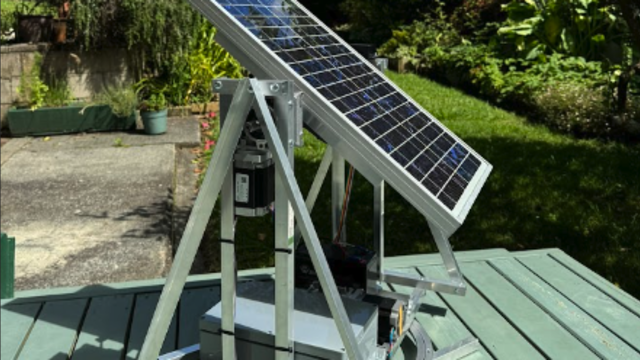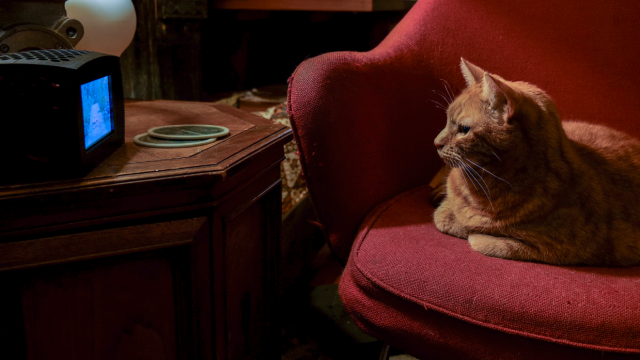The walking body has eight servos – two on each leg – plus a ninth to move the head. This is enough for quite a bit of motion, such as walking, and the Kickstarter video shows it at a moderate trot. For many uses, this is a sweet spot where it keeps weight, cost, and power consumption low enough, but still provides enough range of movement for some interesting movement. However, if you’re hoping for a Boston Dynamics-style running, jumping, super-canine, you might want to temper your expectations. There’s a reason the Boston Dynamics dog costs $75,000, while the full kit for Bittle is $225. That’s not cheap, but it’s at the lower-cost end of quadruped robot kits.
The real value in Bittle will depend on the programming environment. Controlling servos is easy enough from just about any language, but if you have to start from this level, it’s a very involved process to just get to a walking dog. If you can start with a reliable and easy way to get your Bittle to move around and focus on the higher-level things (such as what you want to get them to move to), it’s a more rewarding experience. While we’ve not been able to test out the Bittle, it’s based on an improved version of the NyBoard that drives the Nybble robotic cat. This provides a range of instructions that are available via IR or serial port. There are mounting points for a Raspberry Pi model A+ or Zero, so you can use this to do any higher-level processing you want, and then offload the actual movement to the NyBoard. If this works reliably, then it should provide an easy way to program your robot to move. There’s also a block-based programming environment based on TinkerGen planned.
With robots such as this, it really comes down the minutiae of how they move and what the programming environment allows. Without having one to play with, we can’t say for sure, but based on what we’ve seen, the Bittle looks like it’ll be a really fun way to add some motion to a Raspberry Pi. We’re only slightly disappointed that they chose to do a dog for this robot rather than another cat.
From $225 kickstarter.com Delivery: December 2020







